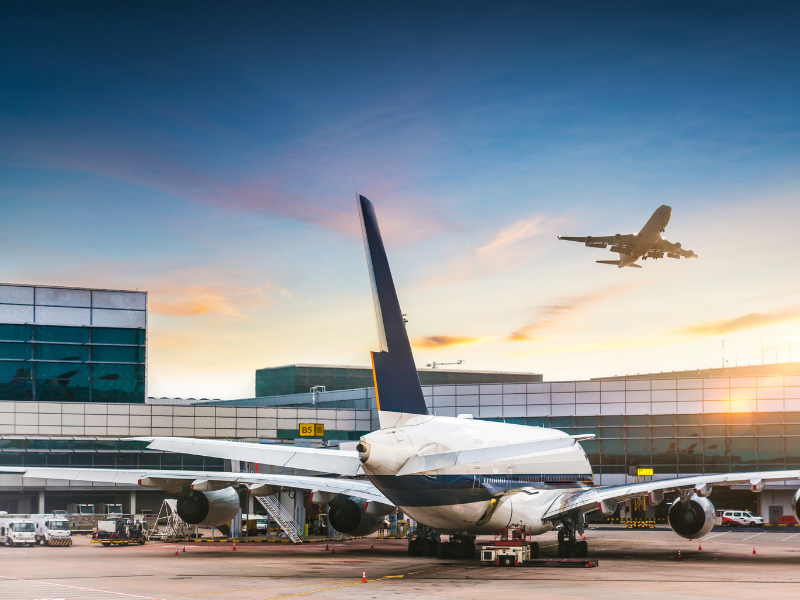At the Arabian Travel Market 2025 (ATM), Paul Griffiths, CEO of Dubai Airports, shared updates on the latest passenger numbers as well as his perspective on the future of aviation and the airport experience. After an expert discussion, it was shared that Dubai Airports is poised for another record-breaking year. This comes as the city saw a strong start in 2025, with January alone seeing 8.5 million passengers.
Now, this growth has led to an anticipation that 96 million people will visit Dubai by the end of the year. Griffiths highlighted the continued strength of key markets such as India, Saudi Arabia, the UK, and the USA, which sets Dubai’s position as a vital global hub.
What’s driving this growth?
Driving this growth is Dubai Airports’ commitment to innovation, with a focus on seamless, technology-driven passenger experiences, including facial recognition and AI.
Griffiths offered insights into the customer-first design strategy behind Al Maktoum International Airport (DWC), which comprises eight smaller concourses to minimise transit times and maximise comfort for travellers.
He said, “In the future, customer preferences are not going to be driven just by price and the product on board an aircraft, but the convenience and quality of the customer experience on the ground at airports. There is no other place for Dubai Airports to aim for than number one.”
According to statistics outlined by Tourism Economics (An Oxford Economics Company) during the cruise industry panel discussion, between 2019 and 2024, global deployment in the industry increased by 25%, with a further 5% expansion achieved in 2025 so far.
The Caribbean, Europe, and Asia-Pacific lead in terms of cruise deployment, and in the Middle East, the average number of cruise days spent in the region has increased by an impressive 125%.
When asked to outline key source markets for MSC Cruises, Angelo Capurro- Executive Director, MSC Group’s Cruise Division said, “Last year, we welcomed a record 150 different nationalities and saw a particular increase in passengers coming from central Asia, driven by increased connectivity and better access to visas, combined with the appeal of the Middle East as a travel destination.”
The panel highlighted the Middle East’s emergence as a global cruise destination, driven by infrastructure investments, regional collaboration, and a growing appetite for cultural and immersive travel experiences. The launch of Aroya Cruises, Saudi Arabia’s first luxury cruise line, was also a key topic, as well as the role of the Cruise Alliance in fostering regional collaboration and enhancing passenger experiences.
Danielle Curtis, Exhibition Director for the Middle East, Arabian Travel Market, said, “This week at ATM, we’ve had the privilege of hosting some of the most influential leaders and visionaries in global tourism. Through our conference sessions, we’ve seen dynamic discussions on the future of travel, hospitality, sustainability, innovation, and new market opportunities, highlighting the pivotal role this event plays in shaping the industry’s direction.”






